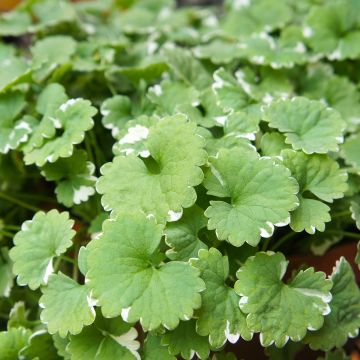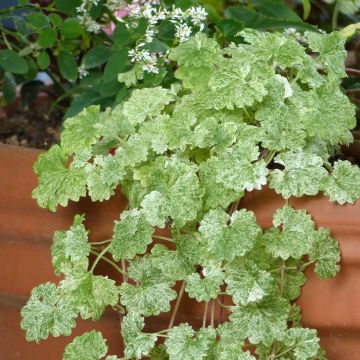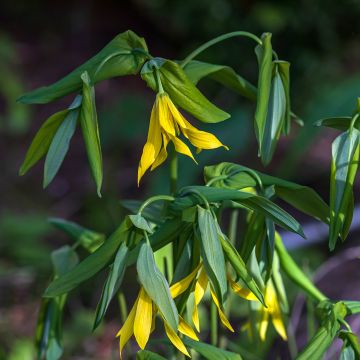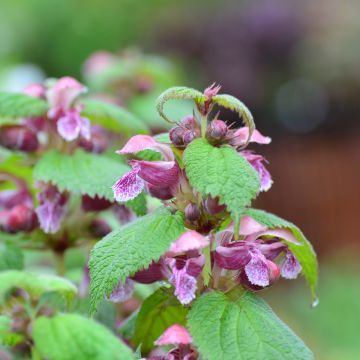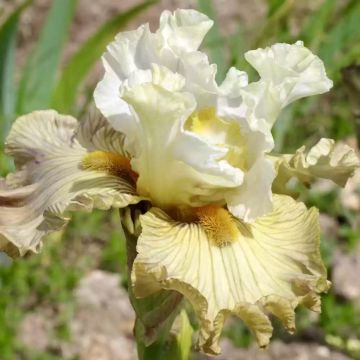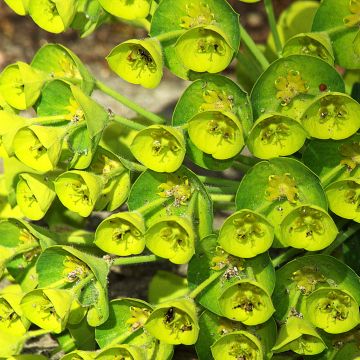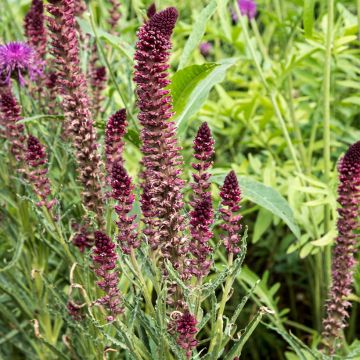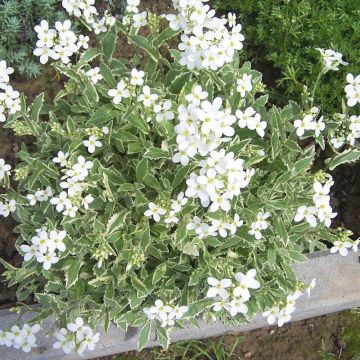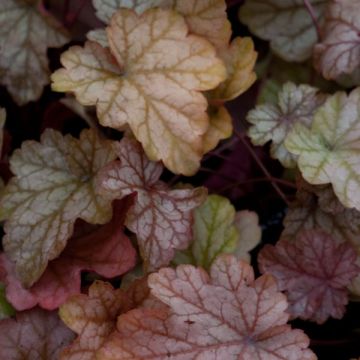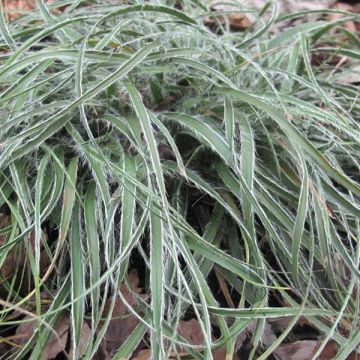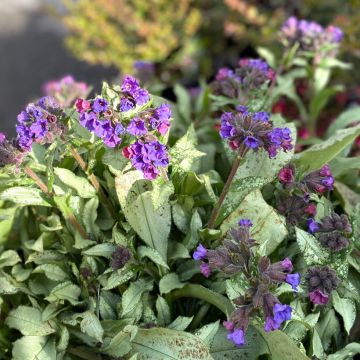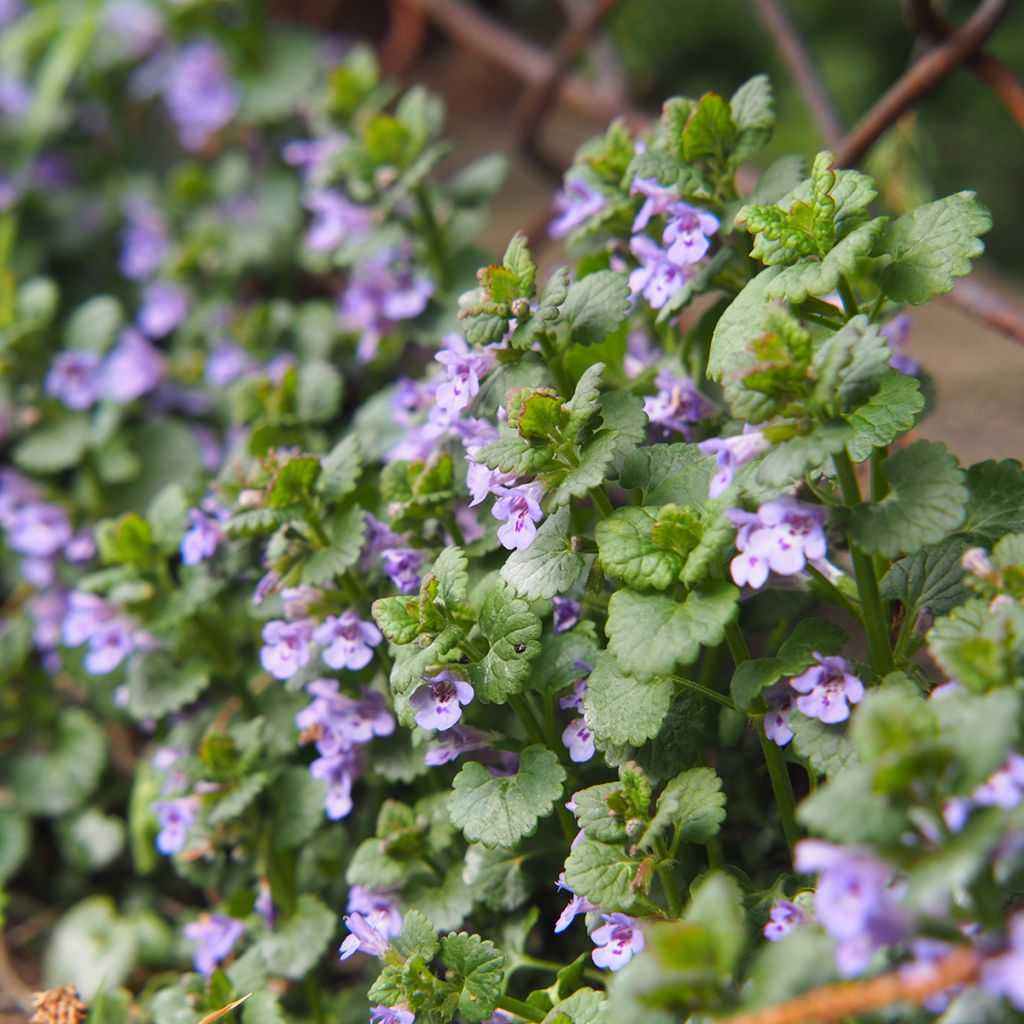

Glechoma hederacea - Ground Ivy
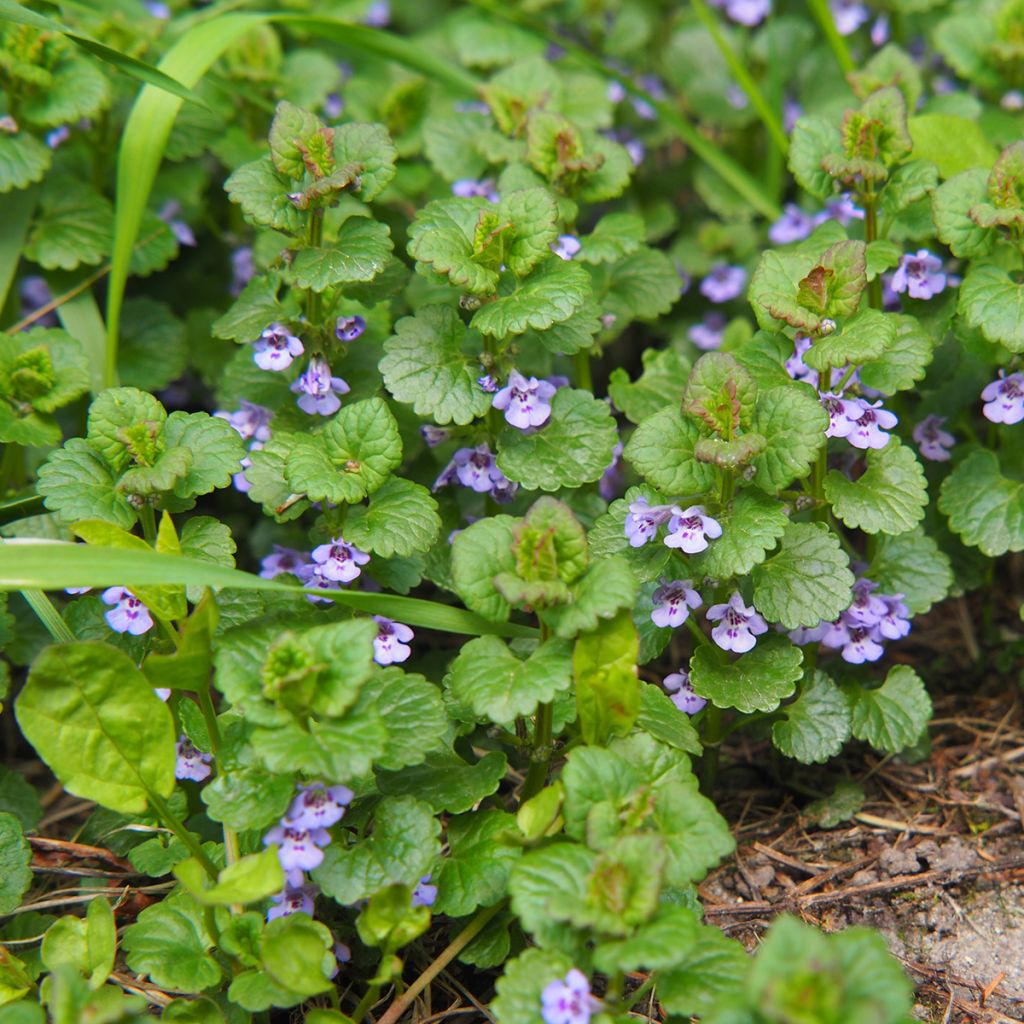

Glechoma hederacea - Ground Ivy
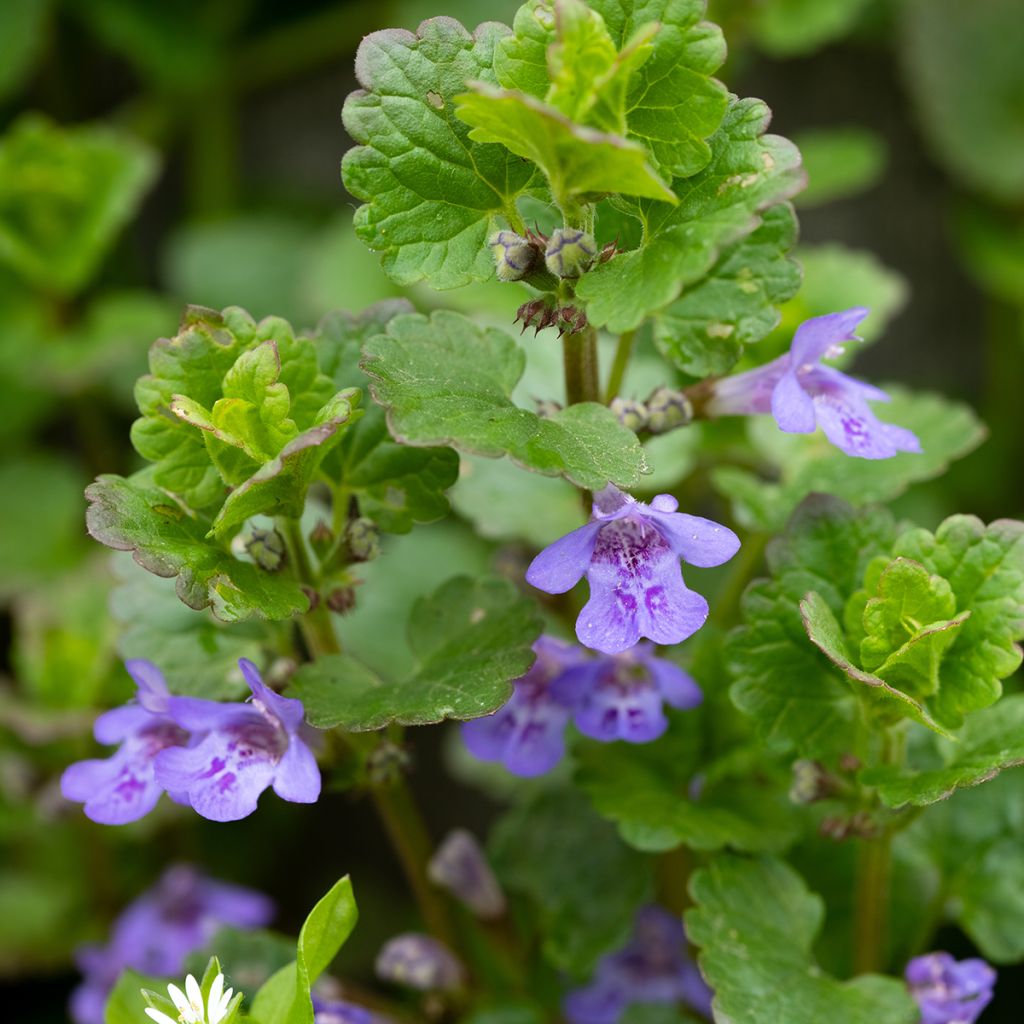

Glechoma hederacea - Ground Ivy
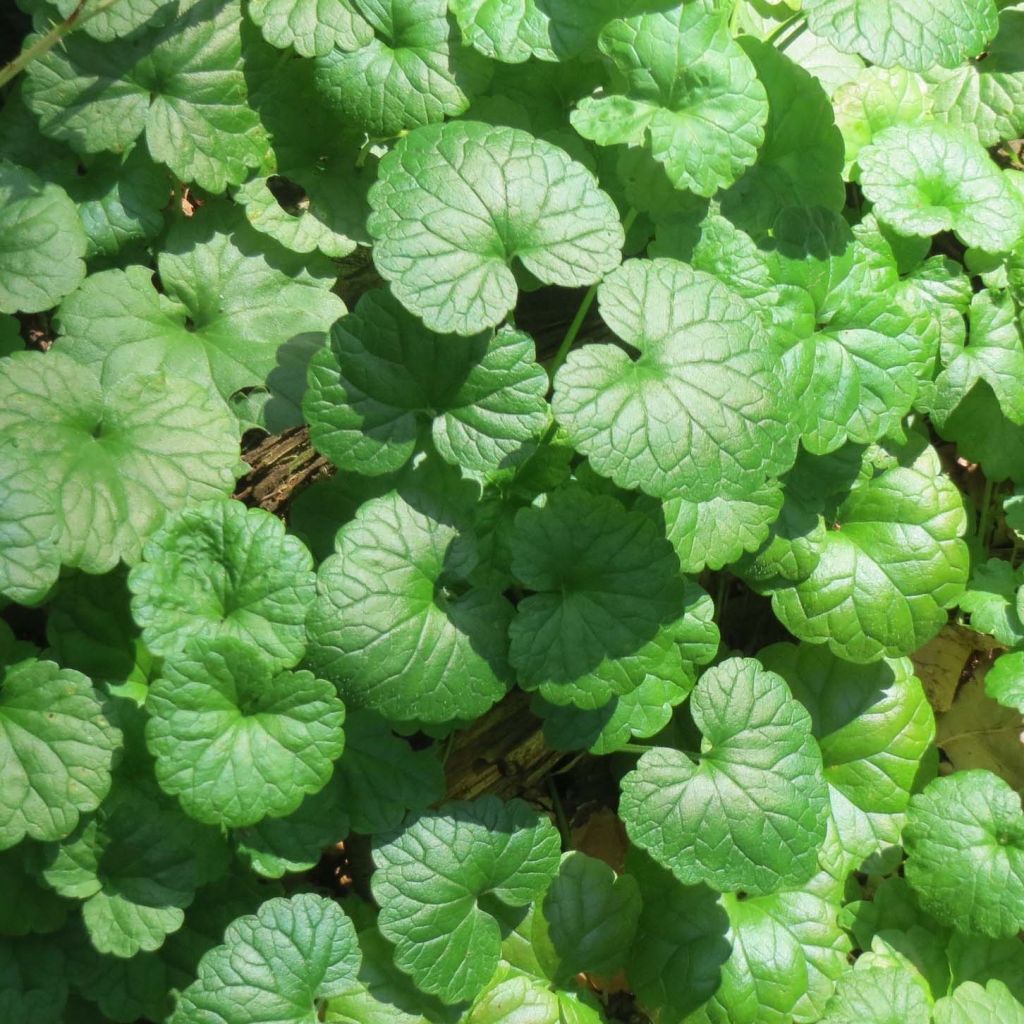

Glechoma hederacea - Ground Ivy
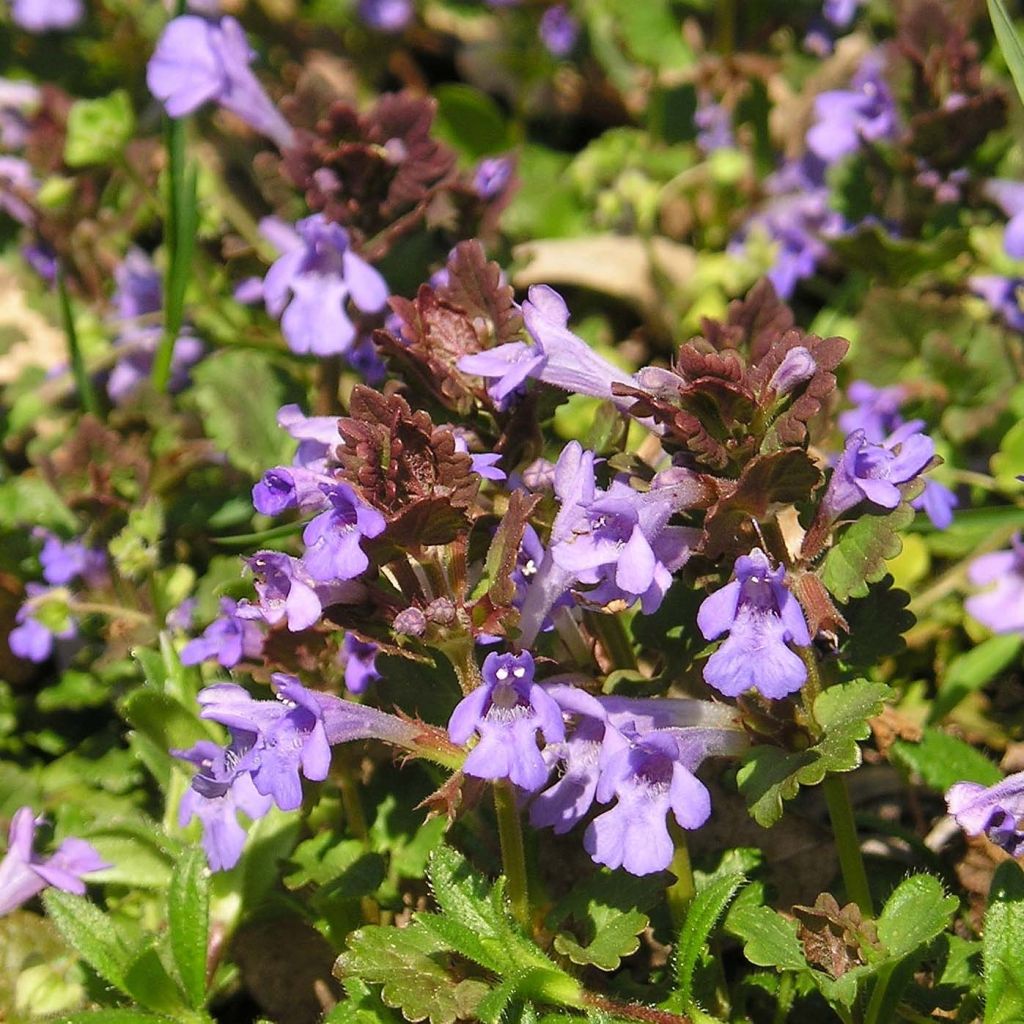

Glechoma hederacea - Ground Ivy
Glechoma hederacea - Ground Ivy
Glechoma hederacea
Ground Ivy, Gill-over-the-ground, Creeping charlie, Alehoof
This item cannot be shipped to the selected country
Delivery charge from €5.90
More information
Schedule delivery date,
and select date in basket
This plant carries a 12 months recovery warranty
More information
We guarantee the quality of our plants for a full growing cycle, and will replace at our expense any plant that fails to recover under normal climatic and planting conditions.
From €5.90 for pickup delivery and €6.90 for home delivery
Express home delivery from €8.90.
Does this plant fit my garden?
Set up your Plantfit profile →
Description
Glechoma hederacea, more commonly known as ground ivy or alehoof, is a hardy perennial ground cover that spreads through stolons and can eventually cover large areas. It is mainly cultivated for its attractive semi-evergreen and fragrant foliage, which is adorned with small blue-violet flowers reminiscent of rosemary in spring. It is an easy plant to grow, both as a ground cover and as a decorative plant in containers and hanging baskets. It thrives in shade, partial shade, or full sun, in moist and fertile soil.
Glechoma hederacea is a perennial plant belonging to the Lamiaceae family, closely related to mints and thymes. Its European origins make it easily adaptable to our gardens. Its natural habitat includes meadows, roadsides, uncultivated land, and deciduous woods. It is a creeping perennial, reaching a height of only 15cm (6in) and capable of covering an area of 2m² on its own. From March to April, elongated light blue-violet flowers with violet-edged lips bloom among the foliage. They are grouped in pairs, threes, or fours in the axils of the leaves and carried by erect stems ranging from 5 to 30cm (2 to 12in) in height. The corolla is bilabiate, 1 to 2cm (1in) long, with an upright upper lip divided into two lobes and a wider lower lip with 3 lobes. The upper lip is spotted with purple. These flowers emit a sweet fragrance that attracts pollinating insects. The entire plant is aromatic and releases a balsamic scent when crushed. The dark green leaves are evergreen depending on the climate. They are hairy, with rounded toothed margins and a heart-shaped form.
Easy to grow and very hardy, ground ivy appreciates ordinary, light, moist, humus-rich, and damp soil. Its main requirement is moist soil. It will thrive in all exposures, whether sunny or shady. With its fast growth, it can be used as a ground cover in deciduous woodlands, as well as in flower beds and hanging baskets for a stunning cascading effect. This plant pairs well with hostas, bearded irises, comfrey, and hyacinths.
In the past, ground ivy was associated with white magic and was used in salads and beer. It is believed to have multiple medicinal properties, including astringent, expectorant, and tonic effects. It has a relatively high content of vitamin C.
Report an error about the product description
Glechoma hederacea - Ground Ivy in pictures
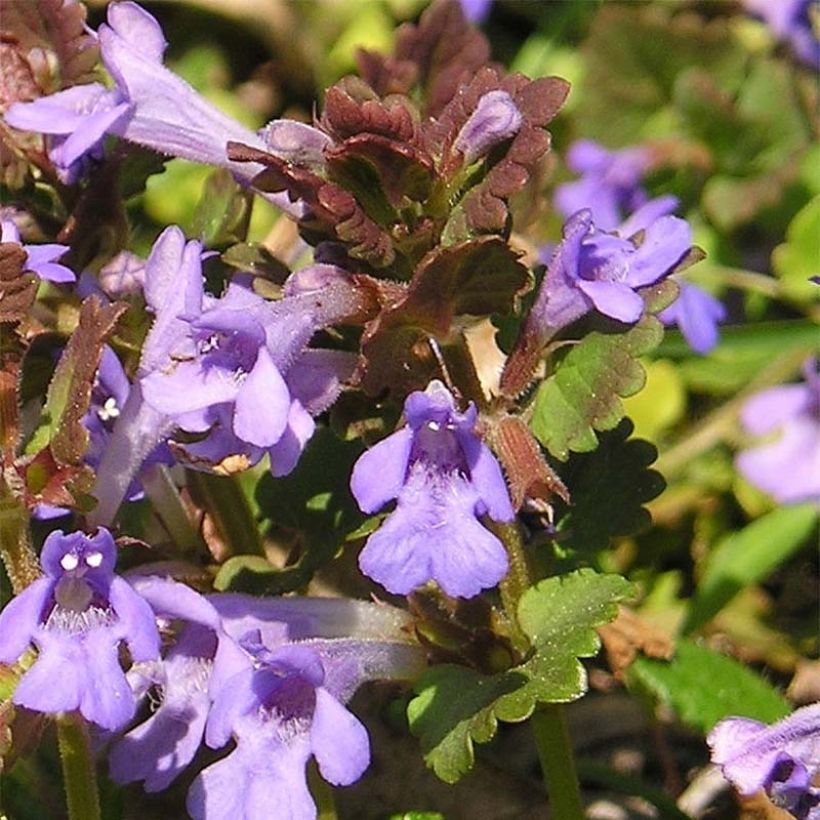

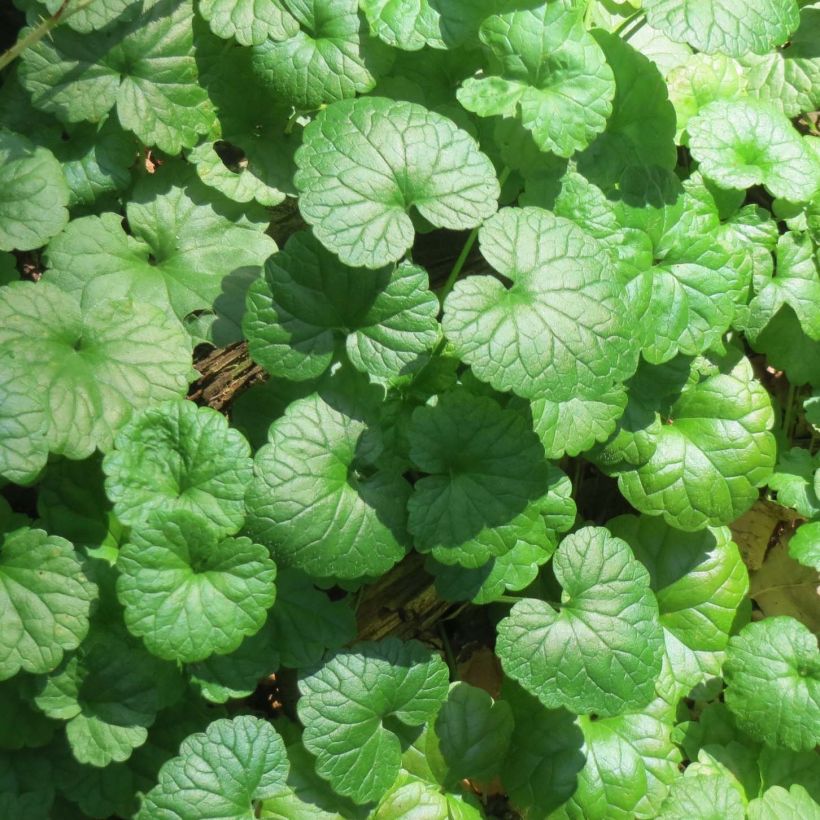

Flowering
Foliage
Plant habit
Botanical data
Glechoma
hederacea
Lamiaceae
Ground Ivy, Gill-over-the-ground, Creeping charlie, Alehoof
Western Europe
Other Glechoma
Planting and care
Plant Glechoma hederacea in any moist soil, in full shade or partial shade. If you plant it in full sun, make sure the substrate remains moist, especially in pots and hanging baskets. Humus-rich soils are beneficial for it, so you can amend the planting soil with compost and well-decomposed manure at the time of planting. After establishment, your ground ivy will no longer need you.
Planting period
Intended location
Care
-
, onOrder confirmed
Reply from on Promesse de fleurs
Spring flowering perennials
Haven't found what you were looking for?
Hardiness is the lowest winter temperature a plant can endure without suffering serious damage or even dying. However, hardiness is affected by location (a sheltered area, such as a patio), protection (winter cover) and soil type (hardiness is improved by well-drained soil).

Photo Sharing Terms & Conditions
In order to encourage gardeners to interact and share their experiences, Promesse de fleurs offers various media enabling content to be uploaded onto its Site - in particular via the ‘Photo sharing’ module.
The User agrees to refrain from:
- Posting any content that is illegal, prejudicial, insulting, racist, inciteful to hatred, revisionist, contrary to public decency, that infringes on privacy or on the privacy rights of third parties, in particular the publicity rights of persons and goods, intellectual property rights, or the right to privacy.
- Submitting content on behalf of a third party;
- Impersonate the identity of a third party and/or publish any personal information about a third party;
In general, the User undertakes to refrain from any unethical behaviour.
All Content (in particular text, comments, files, images, photos, videos, creative works, etc.), which may be subject to property or intellectual property rights, image or other private rights, shall remain the property of the User, subject to the limited rights granted by the terms of the licence granted by Promesse de fleurs as stated below. Users are at liberty to publish or not to publish such Content on the Site, notably via the ‘Photo Sharing’ facility, and accept that this Content shall be made public and freely accessible, notably on the Internet.
Users further acknowledge, undertake to have ,and guarantee that they hold all necessary rights and permissions to publish such material on the Site, in particular with regard to the legislation in force pertaining to any privacy, property, intellectual property, image, or contractual rights, or rights of any other nature. By publishing such Content on the Site, Users acknowledge accepting full liability as publishers of the Content within the meaning of the law, and grant Promesse de fleurs, free of charge, an inclusive, worldwide licence for the said Content for the entire duration of its publication, including all reproduction, representation, up/downloading, displaying, performing, transmission, and storage rights.
Users also grant permission for their name to be linked to the Content and accept that this link may not always be made available.
By engaging in posting material, Users consent to their Content becoming automatically accessible on the Internet, in particular on other sites and/or blogs and/or web pages of the Promesse de fleurs site, including in particular social pages and the Promesse de fleurs catalogue.
Users may secure the removal of entrusted content free of charge by issuing a simple request via our contact form.
The flowering period indicated on our website applies to countries and regions located in USDA zone 8 (France, the United Kingdom, Ireland, the Netherlands, etc.)
It will vary according to where you live:
- In zones 9 to 10 (Italy, Spain, Greece, etc.), flowering will occur about 2 to 4 weeks earlier.
- In zones 6 to 7 (Germany, Poland, Slovenia, and lower mountainous regions), flowering will be delayed by 2 to 3 weeks.
- In zone 5 (Central Europe, Scandinavia), blooming will be delayed by 3 to 5 weeks.
In temperate climates, pruning of spring-flowering shrubs (forsythia, spireas, etc.) should be done just after flowering.
Pruning of summer-flowering shrubs (Indian Lilac, Perovskia, etc.) can be done in winter or spring.
In cold regions as well as with frost-sensitive plants, avoid pruning too early when severe frosts may still occur.
The planting period indicated on our website applies to countries and regions located in USDA zone 8 (France, United Kingdom, Ireland, Netherlands).
It will vary according to where you live:
- In Mediterranean zones (Marseille, Madrid, Milan, etc.), autumn and winter are the best planting periods.
- In continental zones (Strasbourg, Munich, Vienna, etc.), delay planting by 2 to 3 weeks in spring and bring it forward by 2 to 4 weeks in autumn.
- In mountainous regions (the Alps, Pyrenees, Carpathians, etc.), it is best to plant in late spring (May-June) or late summer (August-September).
The harvesting period indicated on our website applies to countries and regions in USDA zone 8 (France, England, Ireland, the Netherlands).
In colder areas (Scandinavia, Poland, Austria...) fruit and vegetable harvests are likely to be delayed by 3-4 weeks.
In warmer areas (Italy, Spain, Greece, etc.), harvesting will probably take place earlier, depending on weather conditions.
The sowing periods indicated on our website apply to countries and regions within USDA Zone 8 (France, UK, Ireland, Netherlands).
In colder areas (Scandinavia, Poland, Austria...), delay any outdoor sowing by 3-4 weeks, or sow under glass.
In warmer climes (Italy, Spain, Greece, etc.), bring outdoor sowing forward by a few weeks.

































